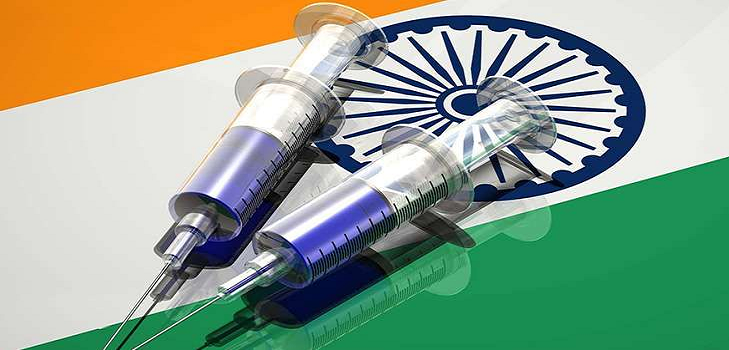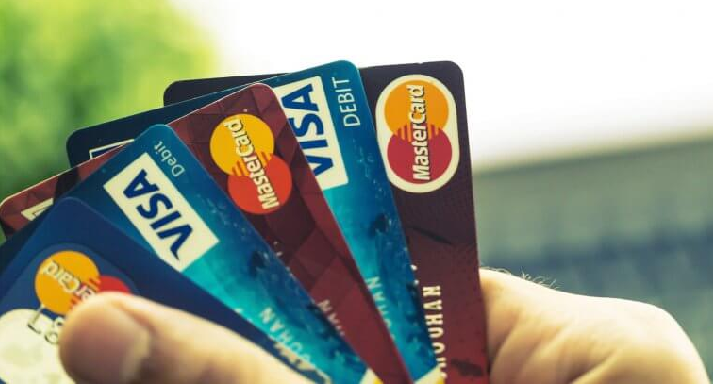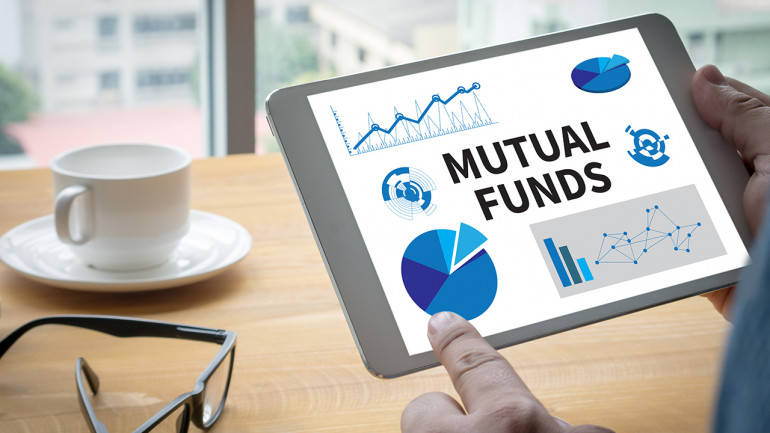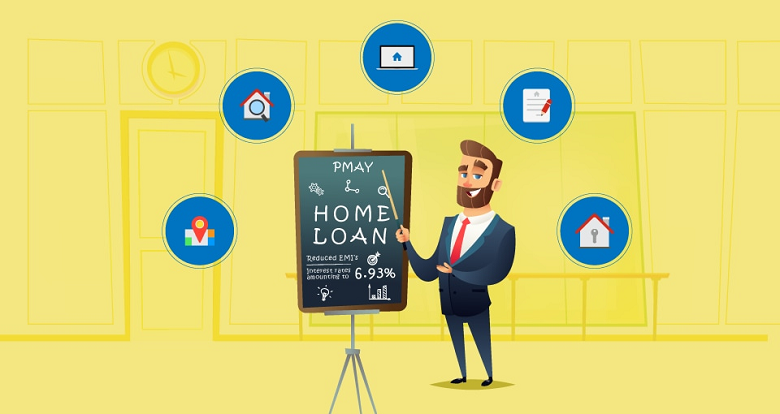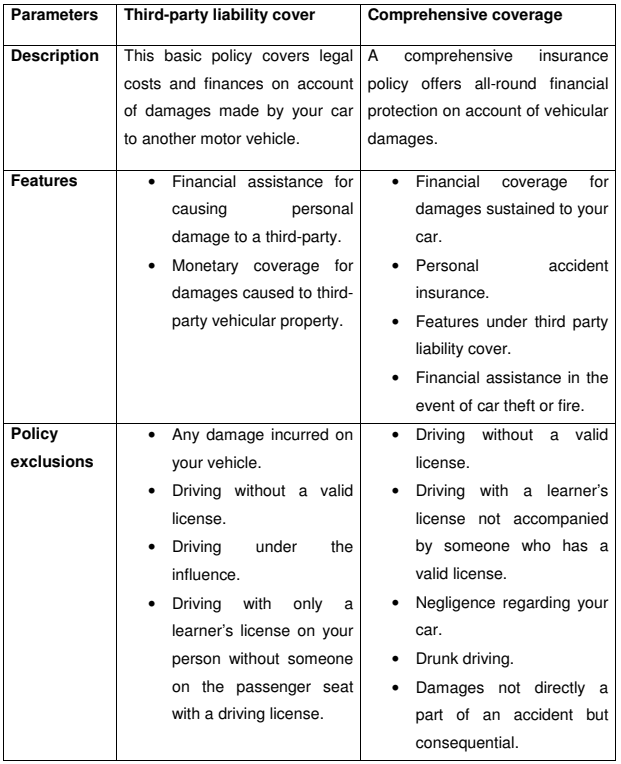Planning on investing in a term Deposit? Well, it is good way to invest your funds and enjoy higher interest paybacks. While starting a fixed deposit account is pretty straightforward, you may be confused about whether you should opt for a short-term fixed deposit or a long-term fixed deposit.

Which one can bring you bigger and better benefits? The answer to this will vary depending on your financial standing and several factors. These include aspects such as the interest rates, the amount you deposit, fees levied by the bank and also the term that you can commit for.
Long-term fixed deposits generally have a tie-in period of a minimum of 12 months and can go up to even 10 years. Due to the longer lock-in period, it does carry a much higher interest rate as compared with other types of fixed deposits. You will enjoy a much high rate of interest upon opening a fixed deposit with a longer term period.
Shorter-term fixed deposits come with a lock-in period that ranges anywhere from 1 to 12 months. The short-term carries the benefit of knowing that you can access your money soon enough. You also have the opportunity to invest your money in better investment options if you do come across better-value investment options over the period. However, the interest rate is not as attractive as a long-term fixed deposit.
What’s best?
A long-term fixed deposit is a great pick if you have several different assets that can be quickly liquidated in the event of a financial emergency. As suggested above, the long-term lock-in will mean that you cannot access your finances for a longer tenor and cannot turn to the same when you need some quick cash withdrawals.
Even if you do, you will have to pay a penalty and may lose the amount gathered in interest. Thus, long-term fixed deposit is a better option if your financial planning includes a diversified portfolio. It is suitable for you if you have long-term goals such as funding a wedding ceremony in the years to come or creating a retirement fund.
Typically, a short-term fixed deposit is a good option if you have a goal that you must fulfill within a shorter term. It is also a most suitable pick for you if you are new to investing in fixed deposit and do not want to tie down your money for a very long tenor. For example, if you plan on taking a trip in the near future, then a short-term fixed deposit will bring good interest returns while also keeping you from spending it.


